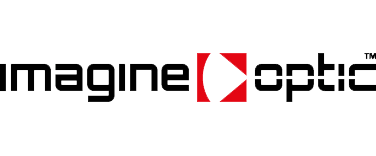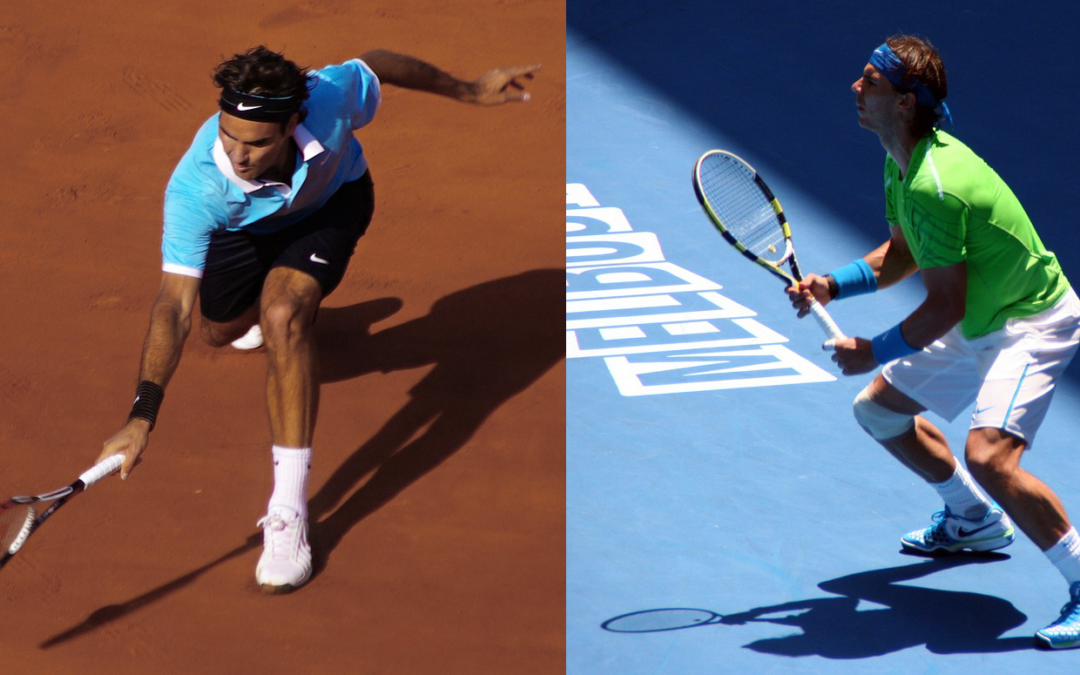Interferometry and wavefront sensing Illustration: Roger Federer, 20 Grand Slams and Rafa Nadal, 22 Grand Slams still counting
Tom and Jerry, Roger Federer and Rafa Nadal, Peter Pan and Captain Hook, some would say France and England, history is full of ‘meilleurs ennemis’. Could it be that Interferometry and Wavefront Sensing fall in this historical category?
Interferometry has long been adopted as a reference in optical metrology. Generation of interference is as old as optics and its use is therefore well known and widespread. Fringe interference pattern, this pattern of dark and bright stripes is directly linked to the wavelength, which has the good taste of being small in the case of light waves, and therefore represents a very good indicator of small defects of surface shape and flatness or transmitted wavefront.
Wavefront sensing -which refers to the act of measuring aberrations with sensors that do not require an unaberrated reference beam to interfere with- is slightly newer. Although it is easy to argue that it may already have a similar capillary age to Rafa… Shack-Hartmann Wavefront Sensors measure wavefront derivatives by sampling with an array of lenslets and measuring the displacement of centroids they focus on a 2D photon sensor (typically a CMOS camera). Their accuracy is no longer contested and their use in optical metrology, optical system alignment or adaptive optics correction is generalized.
So, what is the current status of the two techniques?
Well, there is no question that interferometry is a standard. Any optical manufacturer will have a Fizeau interferometer or a Twyman-Green interferometer for quality control. However, in some situations, they might not be the best fit. This is precisely where Shack Hartmann wavefront sensors and their new brothers the high resolution LIFT sensors represent a winning alternative.
15-0
When it comes to measuring in the presence of vibrations or atmospheric turbulences, metrology solutions based on Shack-Hartmann or LIFT principle are easily implemented on the shop floor with no need of additional, bulky and expensive equipment.
30-0
If it comes in handy to measure at specific wavelengths, with Shack Hartmann wavefront sensors it is easy to get away from the typical interferometer’s HeNe laser and accommodate with the specificity of the coating -or material- of the optics to be tested.
40-0
For situations where reflections from the back surface of optics creates unwanted interference, Imagine Optic’s patent for (thin) plane parallel optics characterization offers an alternative to the preparation of the substrate with in-house secret recipe coatings. Browse our website to learn more about interferometry and wavefront sensing. Browse our website to learn more about interferometry and wavefront sensing
Like Rafa Nadal and Roger Federer, both Shack-Hartmann wavefront sensors and Fizeau interferometers have their own field of choice.
Whether or not you enjoy tennis or historical rivalries, we’ll be happy to discuss with you what solution best suits your needs.
Reach us at sales@imagine-optic.com or through the contact form.

